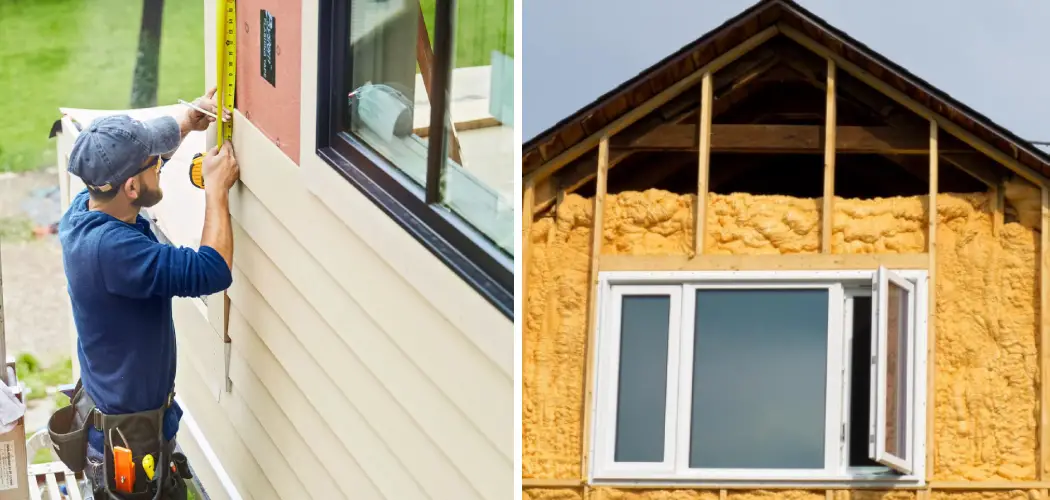Insulating an old house with wood siding presents unique challenges due to the absence of modern sheathing and insulation materials. However, improving the energy efficiency and comfort of your vintage home is still possible. This article will explore various methods on how to insulate an old house with wood siding. Whether you’re dealing with a historic property or a vintage home, these solutions aim to retain the architectural charm while enhancing thermal performance.
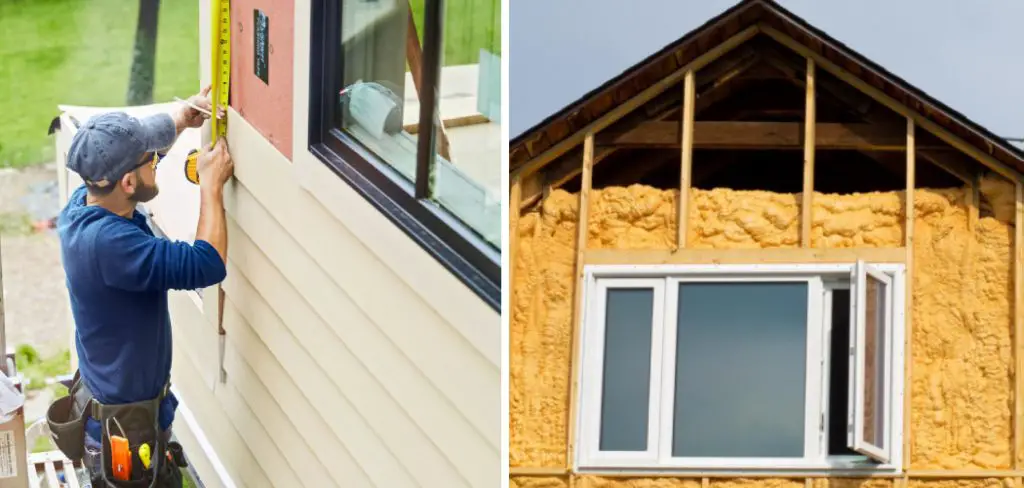
From options like closed-cell spray foam insulation to adding sheathing and improving weather barriers, you’ll discover a range of techniques to help you strike the right balance between preservation and energy efficiency. Ensuring your old house remains cozy and sustainable is a journey that marries the past with the present, and this guide will provide the insights you need to embark on that journey.
The Challenges of Insulating an Old House with Wood Siding
Wood siding has been a popular choice for homes for centuries, offering a classic and natural look to the exterior of a house. However, older homes with wood siding can often pose challenges when it comes to insulating properly. This is due to several factors such as gaps between boards, lack of vapor barriers, and the potential for rot or damage. In this article, we will explore the challenges of insulating an old house with wood siding and provide solutions to overcome them.
Gaps Between Boards
One of the main challenges when insulating an older home with wood siding is dealing with gaps between boards. These gaps can occur due to natural shrinkage or settling of the house over time. They can also be caused by warping or damage to the siding. These gaps allow air to enter and escape, making it difficult to maintain a consistent temperature inside the home. This results in higher energy bills and a less comfortable living space.
Lack of Vapor Barriers
Another challenge when insulating an old house with wood siding is the lack of vapor barriers. Vapor barriers are materials that prevent moisture from passing through walls and ceilings. In newer homes, these barriers are typically installed during construction, but in older homes, they may be missing or damaged. This can lead to moisture buildup inside the walls, which can cause mold and mildew growth.
10 Methods How to Insulate an Old House with Wood Siding
1. Install Rigid Foam Insulation
Rigid foam insulation is a great way to insulate an old house with wood siding. This type of insulation is made from a variety of materials, including polystyrene, polyisocyanurate, and extruded polystyrene. It can be cut to fit the exact dimensions of your walls and can be easily installed by cutting it to size and then nailing it into place. Rigid foam insulation provides excellent thermal protection and helps to reduce energy costs.
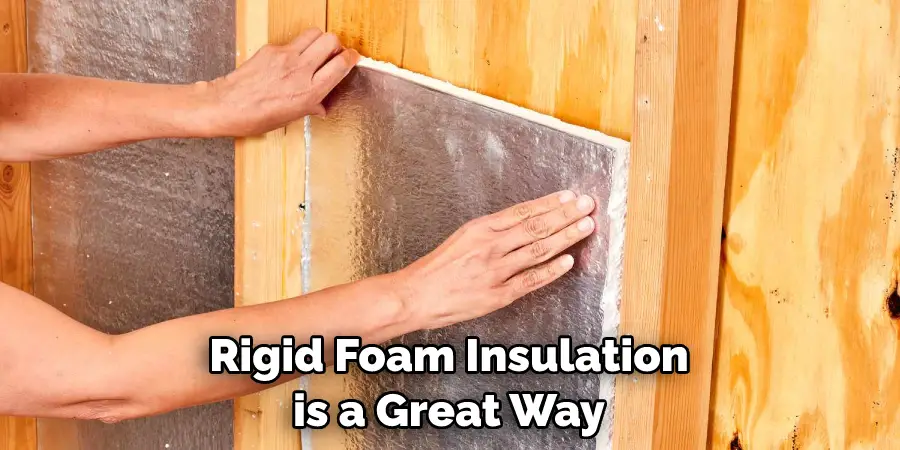
2. Install House Wrap
House wrap is another effective method for insulating an old house with wood siding. House wrap is a breathable material that is designed to keep moisture out while allowing water vapor to escape from the inside of the home. It also helps to prevent air leakage, which can help reduce energy costs as well as improve indoor air quality.
3. Use Weather Stripping
Weatherstripping is an inexpensive and easy way to help insulate an old house with wood siding. Weather stripping can be used around windows and doors in order to create a tight seal between the interior and exterior of the home, helping to reduce air leakage and improve energy efficiency. Additionally, weather stripping can help reduce drafts in the home by blocking cold air from entering through gaps in doorframes or window frames.
4. Caulk Cracks
Caulking cracks around windows, doors, trim, and other areas of the house can help reduce air leakage as well as improve energy efficiency. Caulking should be done using a high-quality sealant that is designed for use on wood siding in order to ensure that it will last for many years without needing to be replaced or repaired.
5. Install Storm Windows
Installing storm windows over existing windows is another great way to insulate an old house with wood siding. Storm windows are made from multiple layers of glass that are designed to trap heat within the home while preventing cold drafts from entering through gaps between the window frame and wall studs. Additionally, storm windows provide additional protection against UV rays which can damage furniture or carpets over time if allowed into the home unchecked.
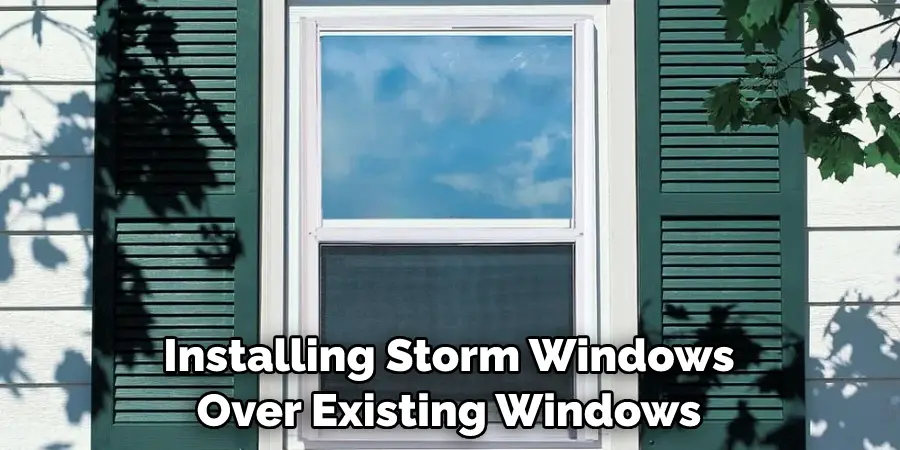
6. Add Insulated Shutters
Insulated shutters are another great option for insulating an old house with wood siding since they provide extra protection against cold drafts while also allowing you control over how much light enters your home during different times of day or night, depending on your preferences or needs at any given time. Insulated shutters come in various sizes, so you’ll want to measure your window frames before purchasing them in order to get ones that fit correctly without leaving gaps where heat could escape or enter unchecked.
7. Use Window Film
Window film is a simple but effective way of improving energy efficiency in an old house with wood siding since it blocks out UV rays while still allowing natural light into the home. Window film comes in various tints, so you’ll want to choose one that works best for your needs while still providing adequate protection from harsh sunlight. Additionally, some window films are designed specifically for insulation purposes, so make sure you read up on each type before making your purchase.
8. Install Exterior Doors With Storm Doors
Adding storm doors onto existing exterior doors can also help insulate an old house with wood siding since they provide extra protection against cold drafts while still allowing natural light into your home when needed. Storm doors come in various styles such as half-view, full-view, single panel, double panel, etc., so make sure you measure your door frames before purchasing one so you get one that fits properly without leaving gaps where heat could escape or enter unchecked.
9. Add Attic Insulation
Adding attic insulation is another great way of improving energy efficiency in an old house with wood siding since it helps keep warm air inside during winter months while keeping cool air inside during summer months. There are various types of attic insulation available, such as loose fill, batt insulation, spray foam, rigid board insulation, etc., so make sure you do some research beforehand so you get one that works best for your needs.
10. Seal Air Leaks Around Electrical Boxes & Outlets
Sealing any air leaks around electrical boxes & outlets can also help improve energy efficiency in an old house with wood siding since these areas tend to let hot or cold air escape if not properly insulated. You should use caulk or expanding foam specifically designed for sealing these types of areas since regular caulk may not be able to hold up over time due to its exposure to moisture & high temperatures.
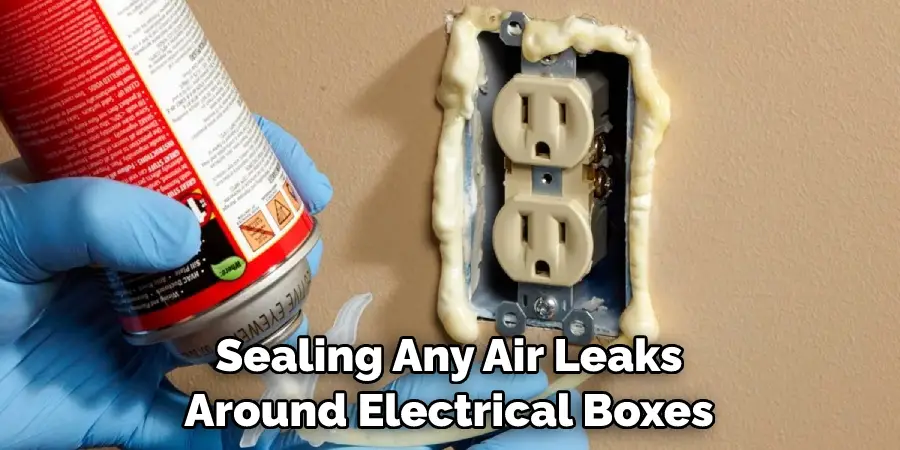
Things to Consider When Insulating an Old House with Wood Siding
When it comes to insulating an old house with wood siding, there are a few important factors to consider. The type of insulation you choose, the condition of your existing walls, and the climate in which you live can all play a role in determining the best approach for your project. In this section, we’ll discuss some key considerations to keep in mind as you plan your insulation project.
Type of Insulation
There are several types of insulation to choose from when insulating an old house with wood siding. The most common options include fiberglass batts, blown-in cellulose or mineral wool, and spray foam insulation. Each type has its own advantages and disadvantages, so it’s important to research and understand the differences before making a decision.
Condition of Existing Walls
Another important factor to consider is the condition of your existing walls. If your wood siding is in good shape and you don’t want to disturb it, blown-in or spray foam insulation can be a good option because they can be installed from the exterior without having to remove any siding.
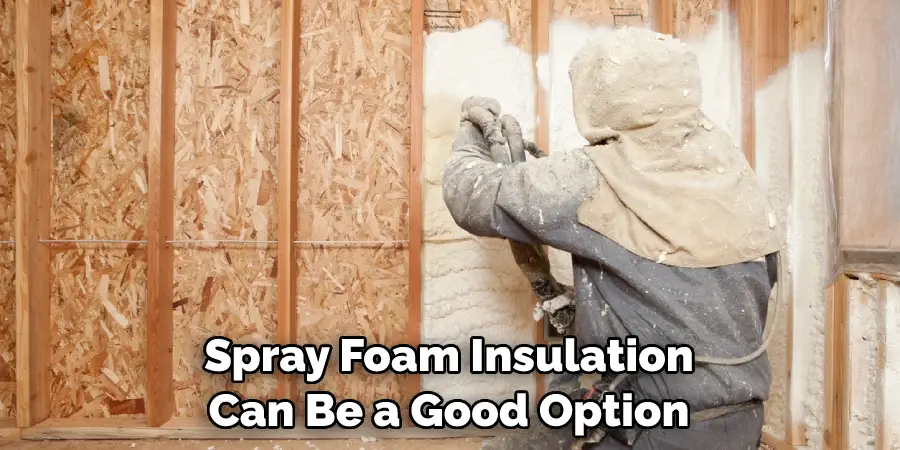
Climate
The climate in which you live can also impact your insulation choices. If you live in a colder climate, you’ll want to consider adding additional insulation to ensure that your home stays warm and energy-efficient. On the other hand, if you live in a warmer climate, you may prioritize insulation materials that help keep your home cool and reduce energy costs for air conditioning.
Conclusion
In conclusion, adding insulation to your old house may seem like a big undertaking, but the benefits are too great to ignore. Not only will you enjoy lower heating and cooling costs, but you could also come closer to achieving an energy-efficient home rating. You can do this with much more success if you study up on all the options available to you for insulation and wood siding materials that make it easy to accomplish.
With some careful consideration of your needs and the conditions of your house, anyone can take on this task of reducing their energy bills and making their home more comfortable. Don’t wait any longer—start exploring how to insulate an old house with wood siding today!

